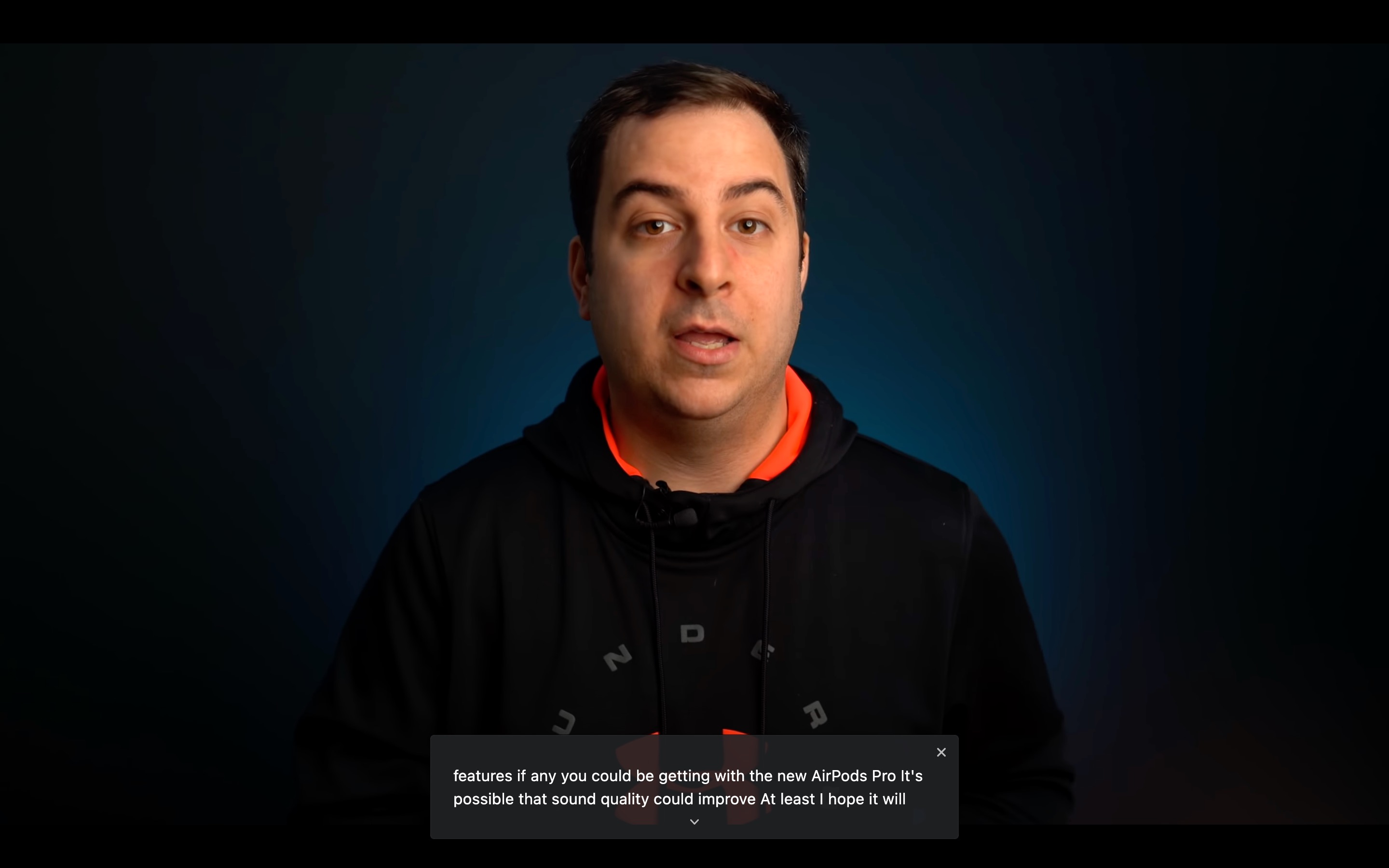
- #Google chrome media player 2015 android
- #Google chrome media player 2015 software
- #Google chrome media player 2015 code
- #Google chrome media player 2015 windows
He previewed a desktop which looked very similar to the Chrome browser, and in addition to the regular browser tabs, also had application tabs, which take less space and can be pinned for easier access. At a November 19, 2009, news conference, Sundar Pichai, at the time Google's vice president overseeing Chrome, demonstrated an early version of the operating system.


#Google chrome media player 2015 code
On November 19, 2009, Google released Chrome OS's source code as the Chromium OS project. The recovery images Google provides for Chrome OS range between 1 and 3 GB.
#Google chrome media player 2015 windows
In November 2009 Matthew Papakipos, engineering director for the Chrome OS, claimed that the Chrome OS consumes one-sixtieth as much drive space as Windows 7. While Chrome OS supports hard disk drives, Google has requested that its hardware partners use solid-state drives "for performance and reliability reasons" as well as the lower capacity requirements inherent in an operating system that accesses applications and most user data on remote servers. Ĭhrome OS was initially intended for secondary devices like netbooks, not as a user's primary PC. Sometime in 2013, Google switched Chrome OS to its own flavour of Linux. In 2010, Chrome OS moved to Gentoo Linux as its base to simplify its build process and support a variety of platforms. The initial builds of Chrome OS were based on Ubuntu, and its developer, Canonical, was an engineering partner with Google on the project. Matthew Papakipos, the former engineering director for the Chrome OS project, put three machines in his house and found himself logging in for brief sessions: to make a single search query or send a short email. Developers also noted their own usage patterns. To ascertain marketing requirements, the company relied on informal metrics, including monitoring the usage patterns of some 200 Chrome OS machines used by Google employees. Google announced Chrome OS on July 7, 2009, describing it as an operating system in which both applications and user data reside in the cloud.
#Google chrome media player 2015 android
Īndroid applications started to become available for the operating system in 2014, and in 2016, access to Android apps in Google Play's entirety was introduced on supported Chrome OS devices. As more Chrome OS machines have entered the market, the operating system is now seldom evaluated apart from the hardware that runs it.

It supports Progressive Web Apps and Chrome Apps these resemble native applications, as well as remote access to the desktop. Initial Chromebook shipments from Samsung and Acer occurred in July 2011.Ĭhrome OS has an integrated media player and file manager. The first Chrome OS laptop, known as a Chromebook, arrived in May 2011. Source code and a public demo came that November. Google announced the project, then based on Ubuntu, in July 2009, conceiving it as an operating system in which both applications and user data reside in the cloud: hence Chrome OS primarily runs web applications. Unlike Chromium OS, Chrome OS is proprietary software.
#Google chrome media player 2015 software
It is derived from the free software Chromium OS and uses the Google Chrome web browser as its principal user interface. 57 (March 4, 2022 9 days ago ( ) ) ġ.25 (March 9, 2022 4 days ago ( ) ) Devġ.0 (March 10, 2022 3 days ago ( ) ) Īura Shell (Ash), Ozone ( display manager) X11 apps can be enabled in recent Chrome OSĬhrome OS (sometimes styled as chromeOS) is a Linux-based operating system designed by Google. Preinstalled on Chromebooks, Chromeboxes, Chromebits, ChromebasesĬlosed-source with open-source components C, C++, assembly, JavaScript, HTML5, Python, Rust


 0 kommentar(er)
0 kommentar(er)
